incl. VAT plus shipping costs
Immediate delivery, express possible ![]()
More than 20 Articles in stock
Delivery only innh. Germany and Austria possible.
Switch to the German store
- Item no: 8153
Fast delivery times
All products are in stock with us!14 years of breeding experience
Let our team of experts advise you!High customer satisfaction
from over 3,000 reviews "| Water values: | soft to medium hard |
| Breeding: | medium |
| Temperature: | 20-25 °C |
| Feature: | interesting brood care |
| with snails/shells?: | No |
| Fish group: | Cichlids |
| Aquarium size: | 250/300 l (approx. 120cm) |
| Visual effect: | Forms territories (when spawning) |
| Planting possible?: | conditional* (see description) |
| Difficulty: | 2 - Normal |
| Pelvic region: | Center |
| Diet: | omnivorous - omnivorous |
| Origin: | Africa |
| Behavior: | Normal |
| with large crabs?: | No |
| with fish?: | conditional* (see description) |
| with dwarf crabs?: | No |
| with shrimps?: | Socialization not possible |
| Final size: | 8-12 cm |
| with crabs?: | No |
Haplochromis rock kribensis, also known as Yellow Victoria Mouthbrooder, originating from the East African rock littoral in Lake Victoria, is a great companion in a beautifully designed Africa tank and enjoys great popularity among cichlid fans. These peaceful cichlids are great to keep as a pair and also in a harem, i.e. with one male and several females, and can also be socialized.
You get our Yellow Victoria Mouthbrooders in pairs in a size of about 5 cm, moreover they are German offspring.
The pretty mouthbrooders show a typical perch body with low high back. Especially the males show a yellow coloration in the middle to rear body on the silvery ground color, the belly is partly red over the flanks. Below the dorsal fin is the first black lateral line, from the eye to the tail root extends a second. Its transparent fins also show reddish tones and speckles, the dorsal fin can even be nicely colored turquoise . On the anal fin of the male there are also so-called egg spots. Visually alone, it can be easily distinguished from the females, which tend to be just ochre brown to yellowish, but also have two black lateral stripes. They grow to about 10-12 centimeters in size.
Victoria mouthbrooders are, as the name implies, maternal mouthbrooders. Breeding in the aquarium is possible. The female lays eggs, which she collects with her mouth. As soon as she automatically snaps at the egg spots on the fin of the male, he simultaneously releases his sperm so that the eggs are fertilized. After about 14 days, the first young hatch and she takes care of them for a while. These can be fed with freshly hatched Artemia nauplii.
These great Africans can be kept well in aquariums from 300 liters volume. The substrate should consist of fine sand or gravel with a medium grain size, a planting plays a rather subordinate role, but can be introduced, since the perches do not bother them rather. With stone structures, which are secured against falling over, good territorial markings, caves, but also visual contact prevention can be created, as well as hiding places. Especially during spawning season the animals can be more territorial and should be able to avoid each other. Planting can be done with bitter tasting perching plants, such as anubia, bucecphalandra or java fern, which in turn can provide structure and retreat for the animals. Your aquarium water should be well maintained with a total hardness between 5-20 °dGH and pH values between 7.0-8.5. The animals feel most comfortable at a temperature of 24 and 28 °C. Since the animals feed mainly on insect larvae in their habitat, but also nibble on growth and coverings and eat the microfauna living in them, they therefore keep coverings quite short.
The Victoria Mouthbrooders can be socialized in and of themselves with other representatives from Lake Victoria, which you can find in our store. A socialization with shrimps, molluscs or crayfish should rather be refrained from, because the one could increase the menu and the other could possibly pinch the fins of the perches.
As growth and carnivores, which feed in their habitat on algae coverings as well as the microfauna contained therein, they can be easily accustomed to commercial dry food such as food flakes or granulated food for omnivorous cichlids in the aquarium. In addition, their menu can also be supplemented with small live and Frozen food like Daphnia, Gammarus and nauplii. Scalded vegetables like Pumpkin or Peppers, but also Algae leaves are also occasionally plucked by them.
Our food recommendation: NatureHolic Cichfeed is a prime staple food for all carnivorous cichlids in the aquarium, perfectly meeting their requirements for food composition. The tasty pearls are also very well eaten by larger cichlids. Thanks to their soft texture, NatureHolic Cichfeed food pearls are gentle on the mouth and can be eaten very well by the fish.
Our plant recommendation: Use for planting NatureHolic InVitros. These are free of snails, planarians and other unwanted co-inhabitants. Also free of algae spores, bacteria and fungi.
Expert Tip: We recommend for fish keeping the NatureHolic 3 Phase Liquid. The care set offers the best all-round protection for your animals. It ensures optimal conditions for successful breeding and keeping.
| Scientific name: | Haplochromis rock kribensis |
| German name: | Victoria mouthbrooder, Victoria orange breasted perch |
| Difficulty level: | advanced |
| Origin/Distribution: | Lake Victoria, East Africa |
| Coloration: | silver base color with yellow tones, belly to flanks red, two black stripes on males, females more yellowish, males form egg spots on fins |
| Age expectancy | approx. 4 years |
| Water parameters: | GH 5-20 °dGH, pH 7.0-8.5, temperature 24-28 °C |
| Tank size: | from 300 l |
| Food | Aerial and carnivorous: dry food, granules, but in places also vegetables, algae and small live and frozen food such as daphnia, gammarus, krill, mysis, mosquito larvae |
| Breeding | medium |
| Behavior | peaceful, but territorial at spawning time |
| Group size | at least 2 animals |
| Further information | Ten typical aquarium fish for beginners and alternatives to them, Tips for acclimating fish to the aquarium, Feeding aquarium fish properly - cheap food and what it can do |
- Item no: 8153
Entdecke die Garnelio Welt!
Garnelio gehört zu den größten Onlineshops für wirbellose Aquarientiere weltweit.
Viele Artikel gibt es exklusiv nur bei uns im Shop.

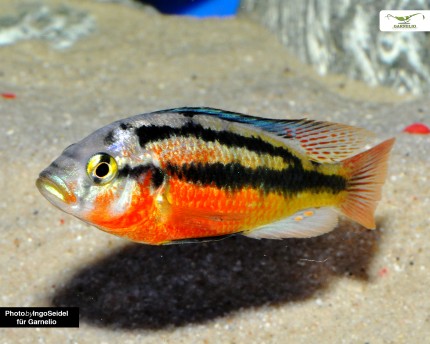


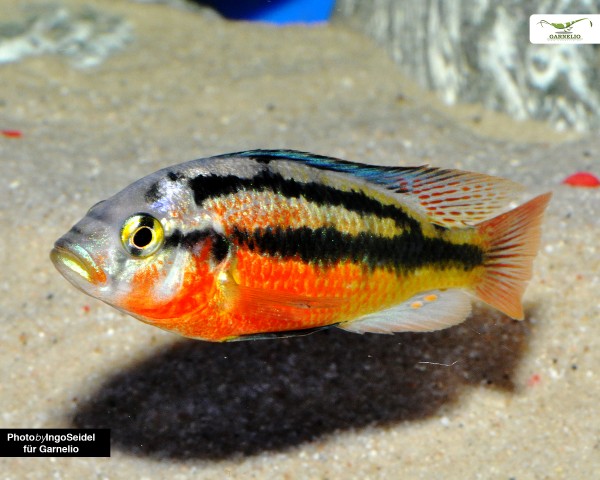


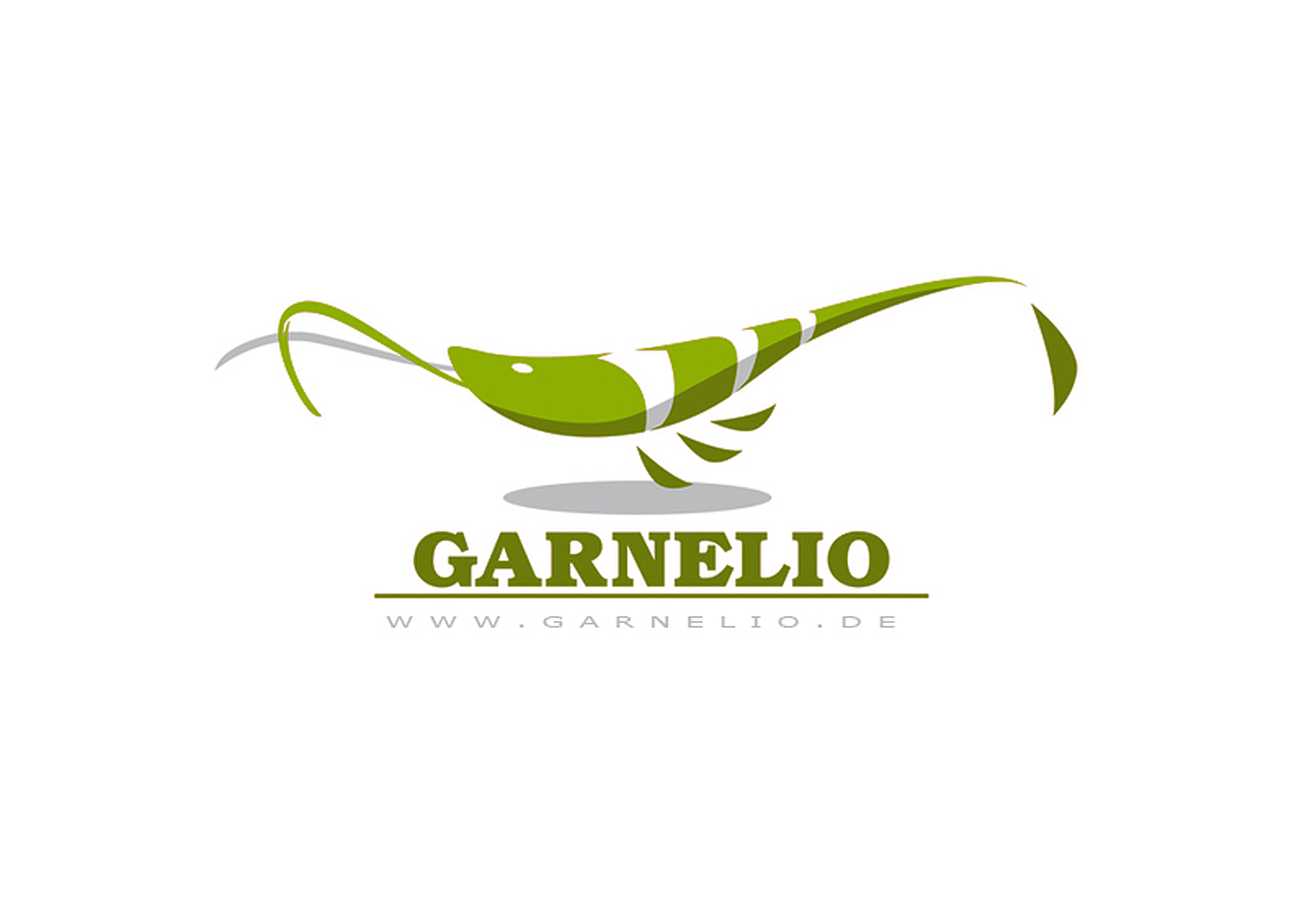
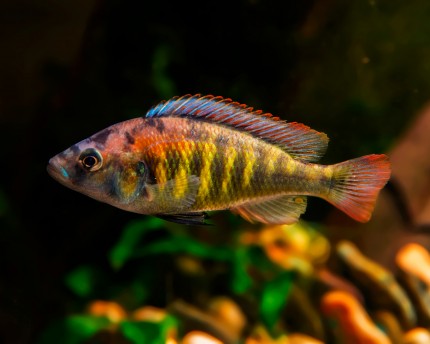
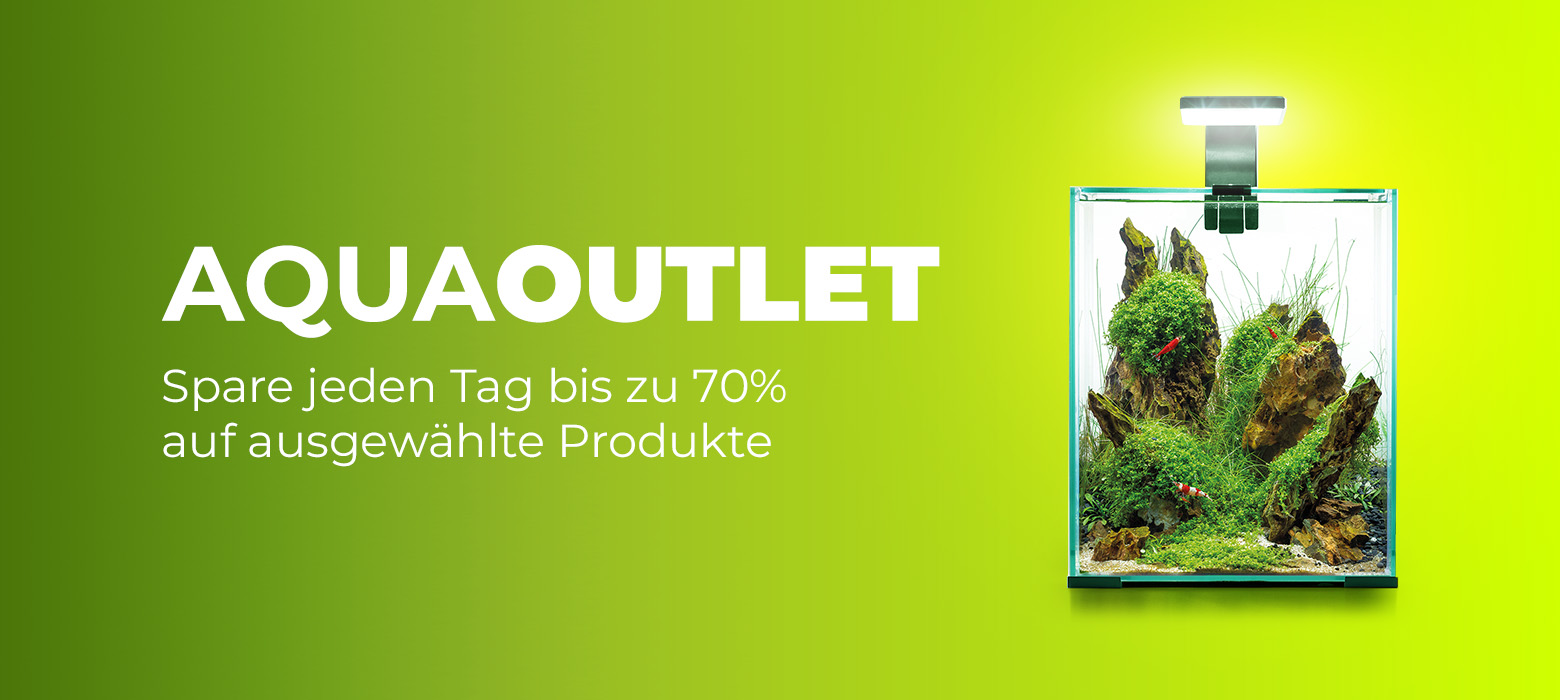
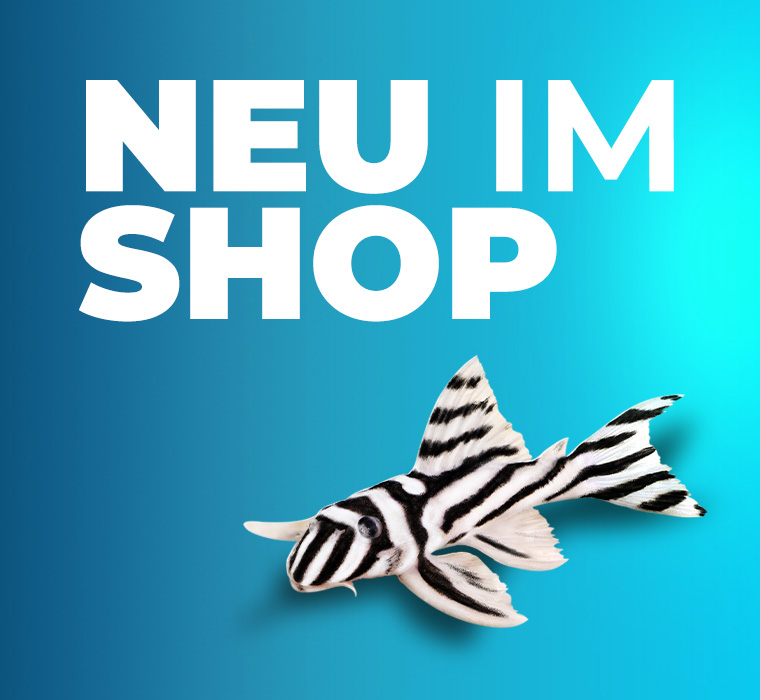
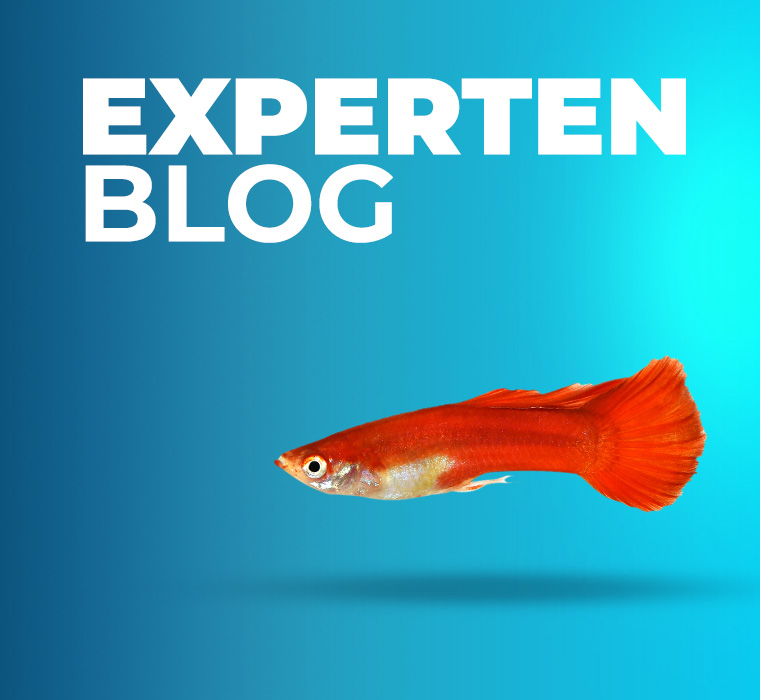
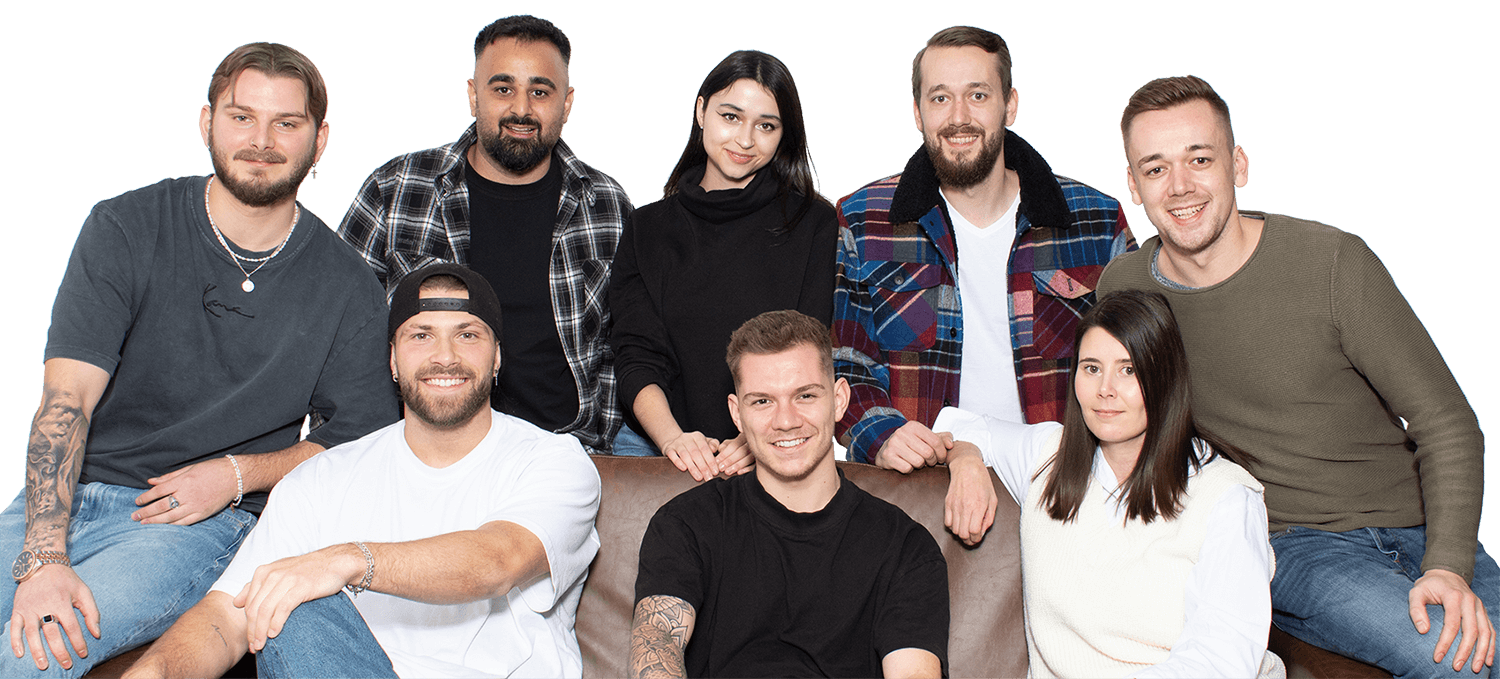
The fields marked with * are required.
I have taken note of the privacy policy.